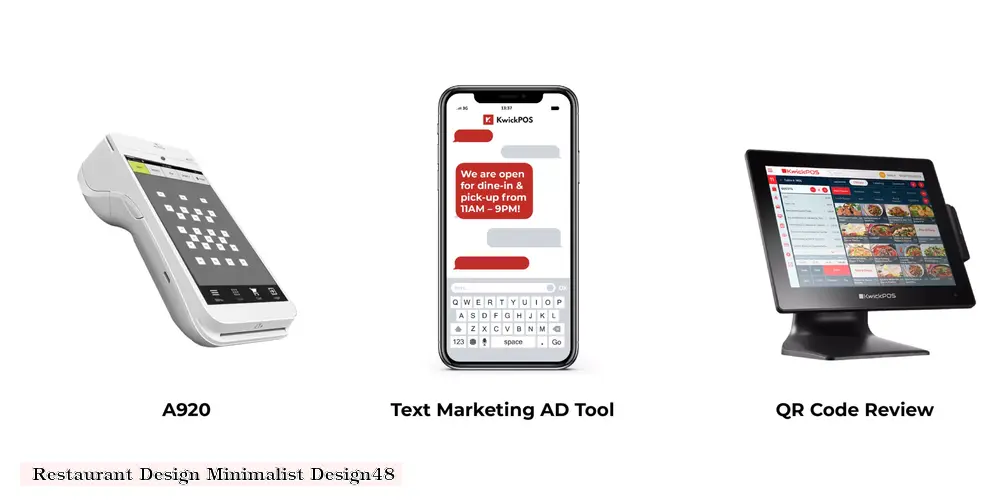

In today's fast-paced world, customers are drawn to spaces that offer a sense of calm and simplicity. This is where minimalist design comes in. By stripping away unnecessary elements and focusing on clean lines and open spaces, minimalist restaurants create an inviting and relaxing atmosphere that encourages guests to linger and enjoy their dining experience.
Benefits of Minimalist Design for Restaurants:
Key Elements of Minimalist Restaurant Design:
Tips for Implementing Minimalist Design in Your Restaurant:
By embracing minimalist design, restaurant owners can create spaces that are both inviting and efficient. By focusing on clean lines, open spaces, and natural materials, they can enhance the dining experience for their customers and establish a strong brand image.
DISCLAIMER: This information is provided for general informational purposes only, and publication does not constitute an endorsement. Kwick365 does not warrant the accuracy or completeness of any information, text, graphics, links, or other items contained within this content. Kwick365 does not guarantee you will achieve any specific results if you follow any advice herein. It may be advisable for you to consult with a professional such as a lawyer, accountant, or business advisor for advice specific to your situation.
today
Copyright © 2025 Kwick365.com
Designed by KwickPOS is the best restaurant POS